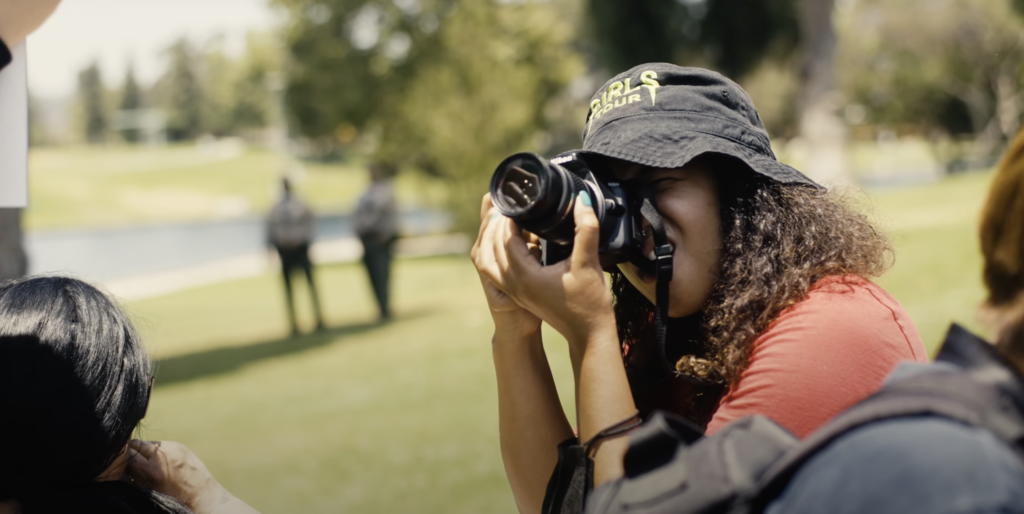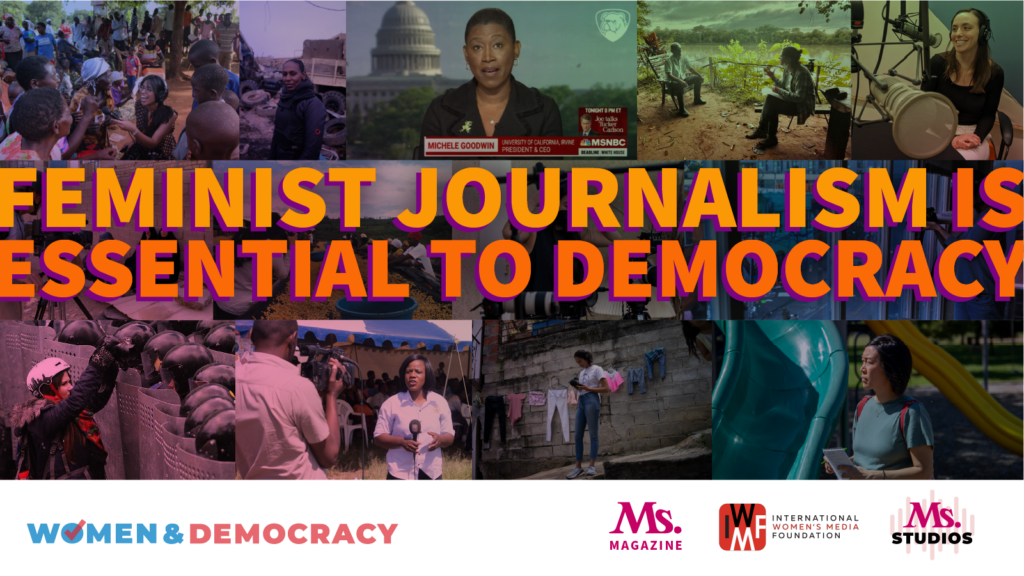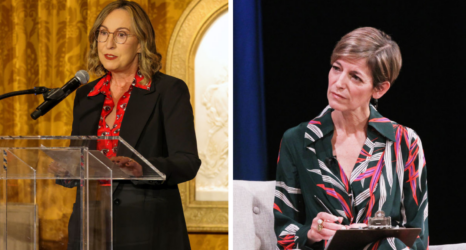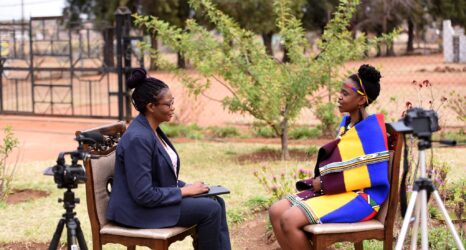Feminist journalism is essential to public discourse. It is essential to political debate. And it absolutely essential to free and fair democracy. Explore more at Feminist Journalism is Essential to Democracy—Ms. magazine’s latest installment of Women & Democracy, presented in partnership with the International Women’s Media Foundation.

Women’s representation in the news has flatlined—if not reversed—in the 21st century.
Women’s voices continue to be underrepresented in the global news media. “The Missing Perspectives of Women in News,” commissioned by The Bill & Melinda Gates Foundation and authored by Luba Kassova, examines women’s representation in newsrooms, newsgathering, and news coverage in India, Kenya, Nigeria, South Africa, the U.K. and the U.S. Analyzing three audiences—journalists, decisionmakers and the public—the report seeks to understand the status of women in the news media through the political, economic, sociocultural, regulatory, technological and news consumption contexts of each country.
The report finds that women’s representation in the news has flatlined—if not reversed—in the 21st century. This alarming marginalization is clear in all areas of the news media: Women are underrepresented in newsroom leadership, gender equality stories are going untold, and men remain the vast majority of quoted experts and sources.
To address the challenges uncovered by this research, the report offers 50 evidence-based recommendations and a checklist for newsrooms to use as they work to increase women’s representation, challenge biases and work to achieve gender parity. With these recommendations, the journalism industry can further its work to uplift women’s voices and create a more diverse, free global news landscape.
Below is an adapted excerpt from “The Missing Perspectives of Women in News”; explore the entire report here.
The rigorously evidence-based study of women’s representation in news presented in the pages that follow tells a story of arrested progress (or indeed lack of progress); one where women are confined within high invisible walls and glass ceilings put in place by deeply gendered societies that favor men. More than that, this is a story of normalized gender blindness across both the Global South and, to a lesser extent, the global north. It is a story that sketches male-dominated cultures, where men are heard, seen or read about multiple times more frequently than women in the news. It is a story of women’s perspectives in news stories remaining firmly niche, despite women representing half of the population in each of the six countries examined. …
This is a story of journalism organizations reflecting back to news audiences the deeply ingrained gender inequality prevalent around the globe. In doing so, journalism worldwide perpetuates the existing biases in societies which universalize men’s perspectives as the default.
“Seeing men as the human default is fundamental to the structure of human society. It’s an old habit and it runs deep—as deep as theories of human evolution itself,” said Caroline Criado-Perez.
It is a story which indirectly makes the case for a change in journalistic values, moving the profession beyond simply reporting the truth to, in addition, exposing gender inequality for the advancement of society worldwide.
This is a call to action for journalists to challenge the status quo in which women’s voices remain marginalized both inside and outside newsrooms. It is a call to action to governing boards, leadership teams, and journalists in news organizations to become feminists in the broadest sense of the term i.e. to see and report the world not just from men’s perspectives but also from women’s perspectives, which are routinely unintentionally forgotten or deliberately disregarded. It is a call to action for journalists to produce news which empowers girls and women to believe that their voice is of value and that they have agency to change the course of their lives, just as women role models have done before them and continue to do today.
After all, self-worth is socialized. The narrative about women (or absence of it) that society endorses, that news media amplifies, is a mirror that girls and women hold up close to build their self-worth.
“Who is heard and who is not defines the status quo,” said Elif Shafak. “By redefining whose voice is valued, we redefine our society and its values.”
Care about uplifting women‘s voices? We do too. Let Ms. keep you up to date with our daily + weekly newsletters. (Or go back to the essay collection.)







